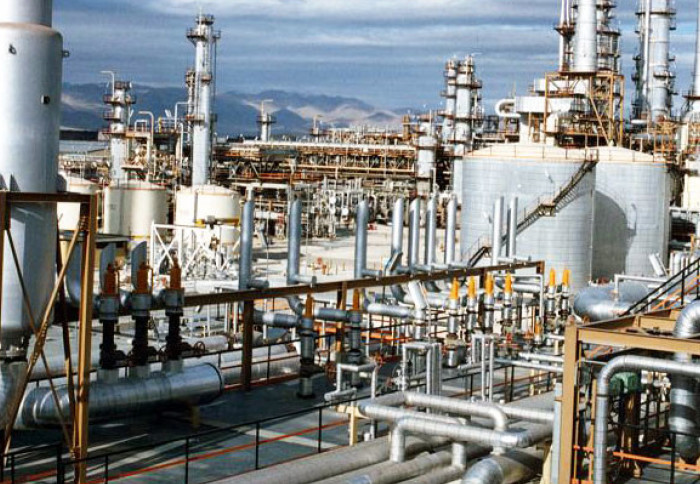Challenges of estimating methane and CO2 in natural gas
by Zara Qadir

Natural gas has been regarded as environmentally cleaner than coal with respect to global warming.
When it is burnt, natural gas emits around half as much carbon dioxide than coal so it is seen as an ideal replacement, or the ‘transition’ fuel to decarbonise our society.
However, this doesn’t take into account the methane and carbon dioxide emissions that occur during all the processes required to convert the raw gas from the ground into the gas product at the consumer’s door: the supply chain.
Methane, which is the main component of natural gas, is a much more potent greenhouse gas than carbon dioxide (in the short term).
Determining how much more is very complicated and depends on the timeframe being considered as well as complex climate science; it might be 21, 25, 34, 86 or 120 times more potent.
This means that any leaks of natural gas to the atmosphere has a large greenhouse effect. If too much methane is released across the supply chain, this will cancel out the benefit of natural gas having a reduced carbon emissions profile compared to coal. It is therefore really important to establish how much methane is actually released.
However, this is a very complicated question and a variety of different studies over the last few years have come to differing conclusions.
- One study carried out by Robert Howarth and colleagues at Cornell University [1] used various industry emission data sources to estimate the contribution of methane emissions in the natural gas supply chain and suggest that natural gas may actually be worse than coal in terms of global warming potential.
- A series of campaigns conducted with funding from the Environmental Defence Fund [e.g. 2, 3, 4, 5, 6, 7, 8, 9, 10] measured methane emissions from various facilities across the US and across the gas supply chain and found that existing inventories may broadly represent the national average but there is significant variability across the well and facility population.
- Various life cycle assessments of natural gas production [e.g. 11, 12, 13] have suggested that combined carbon dioxide and methane emissions are still well below those of coal, although not insignificant.
These different conclusions make it difficult for policymakers to make assessments. There are a number of reasons for such differing conclusions, such as:
- the quantity of methane emissions within the supply chain;
- the assumed potency of methane compared to carbon dioxide (its global warming potential); and
- the methods used to estimate supply chain emissions.
These mix of results have resulted in a cause for concern particularly for the US, where the advent of shale gas has seen significantly increased production. Estimated shale gas production grew from 60 billion m3 in 2008 to 320 billion m3 in 2013 [14]. The Obama administration recently announced new regulations for the US oil and gas industry that aims to reduce methane emissions by 40 – 50% by 2025.
But do we know how much methane is emitted at different supply chains across the globe? How much more potent is methane compared to carbon dioxide in terms of global warming potential?
And lastly, are the combined carbon dioxide and methane impacts of natural gas low enough such that natural gas should play a role in energy system decarbonisation?
With these questions in mind, our forthcoming White Paper documents comprehensive and systematic review of related academic, industrial and policy research.
The paper entitled ‘Methane and CO2 emissions from the natural gas supply chain: an evidence assessment’ is to be launched on the 24th September 2015.
You can register for the event at Eventbrite.
Article text (excluding photos or graphics) © Imperial College London.
Photos and graphics subject to third party copyright used with permission or © Imperial College London.
Reporter
Zara Qadir
Department of Earth Science & Engineering

